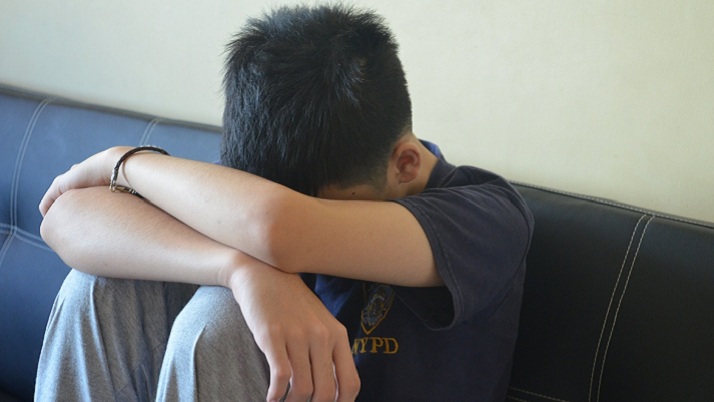- News & Comment
-
Online Shop
Online Services
Looseleafs
Law Reports
Books and eBooks
- CPD & Events
- Authors
- About Family Law
- Contact












 15 APR 2024
15 APR 2024

 15 APR 2024
15 APR 2024

 15 APR 2024
15 APR 2024

 15 APR 2024
15 APR 2024

 15 APR 2024
15 APR 2024






The care system in England is struggling to cope with rising demand from teenagers, the children’s commissioner, Anne Longfield, has said.
The Children’s Commissioner’s 2019 Stability Index is an annual measure of the stability of the lives of children in care in England. The Index was launched in 2017 and provides information on the number of times children in care move home placement, school or social worker.
This year’s Stability Index, released today, shows how the profile and needs of children in care has changed over the last five years, driven by a growing share of older children and teenage care entrants who have more complex needs and potentially more expensive living arrangements. They are six times more likely than children under 13 to be living in residential or secure children’s homes, and nearly half are living in privately-run accommodation.
Compared with under-13s, teenagers in care are significantly more likely to have the following issues flagged up by social workers: child sexual exploitation (6 times more likely), going missing from home (7 times more likely), gangs (5 times more likely), trafficking (12 times more likely) and child drug misuse (4 times more likely).
The Stability Index shows how the number of teenagers (aged 13 or over) in care rose by 21% between 2012/13 and 2017/18, while the number of 0-5 year olds fell by 15%, and how there has been a large increase in the number of over 16s entering care during the year. This number grew by 25% between 2013/14 and 2017/18 – much higher than for any other age group. As a result, nearly 1 in 4 children in care (23%) is now over 16. A further 2 in 5 (39%) are aged 10-15. These changes over the last five years have transformed the children’s care model from one based on very young children living in foster homes, to one where more and more older children are entering care and needing more specialist homes.
Anne Longfield said: ‘It is clear that we have a care system which is playing catch up. The new norm is shifting so that fewer babies and very young children are being taken off parents who cannot cope. Instead it is teenagers who are being taken into care because they are experiencing issues such as criminal or sexual exploitation, going missing from home, and parents being unable to protect them. The result is a care system that is struggling to cope and which in turn is not providing the stability that many highly vulnerable children need. We should be alarmed that one in ten children in care moved home four or more times in three years. These children are being denied the chance to put down roots, to feel part of a family and to settle at school. It is not surprising that they are often the ones most at risk of exploitation. All children in care have a right to expect that the state does all it can to improve their chances of growing up in stable and loving environments.’





Leave a commentOrder by
Newest on top Oldest on top